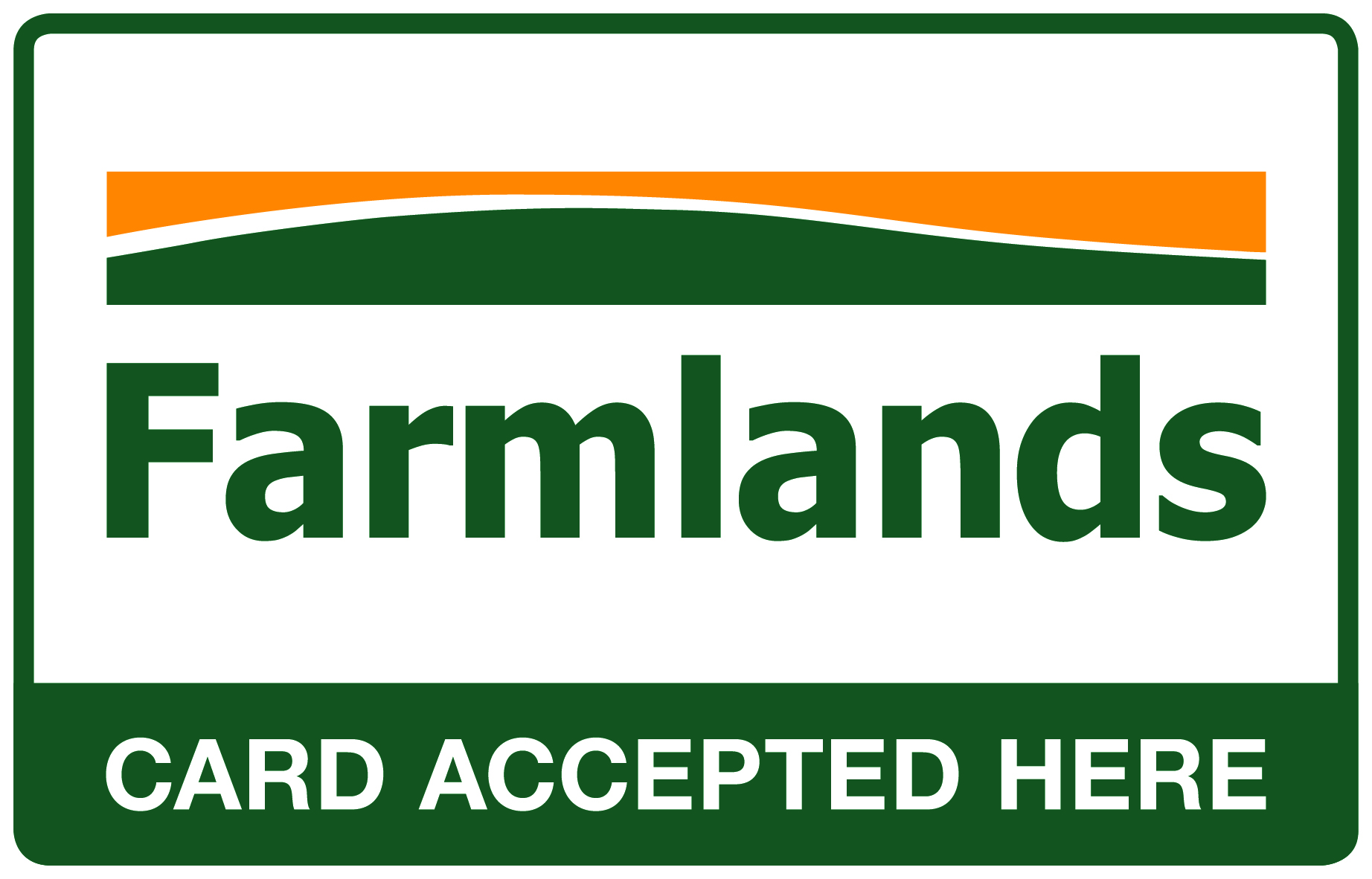Advice for Rural Landowners
Turning your rural land into an investment
The main challenges facing rural landowners and investors are the regulations and restrictions around how the land can be subdivided for development or sale. Council planners are generally aiming to stop the urban sprawl from major cities and protect the density of existing settled rural areas. They aim to limit residential development in rural areas to ensure that rural land remains primarily focused on production, and not detract from farming operations, and rules are changing to ensure this remains the case. Waimakariri District Council for example has recently changed subdivision rules from a minimum lot size of 4ha throughout the whole district to 20ha throughout most of the district, the aim being to preserve land for farming activity. They have also facilitated rezoning some rural land areas to allow for rural-residential development of smaller lots (2,500m² – 5000m²), however demand will well outstrip supply. This approach is aimed at protecting rural land but recognises the increasing demand for lifestyle blocks and rural-residential developments.
Your subdividing options aren’t always black & white
Not all councils have the same regulations around subdivisions and even then, interpretations of these regulations are not “one size fits all”. Sometimes surveyors can find some flexibility by planning for dwelling density requirements. In some districts where there is a 4.0ha minimum dwelling density, you could for example cut eight hectares into one 1ha block and 1 7ha block provided you covenant an adjacent 3ha for no dwellings adjacent to the 1.0ha block. This would ensure each block meets the requirements for retaining the one dwelling per 4ha density. It pays to understand the local rules, which are frequently changing but also understand how they can be interpreted and worked to suit your goals. In addition, some district councils’ policies and objectives are more to do with fragmentation of rural production land rather than dwelling density, and even with the covenant suggestion, are reluctant to approve the subdivision of smaller lots due to that.
Planning for land sale & marketing
If you are not planning to develop the land yourself as a rural landowner, you will still need to give some consideration to how to best present your land for optimum resale or marketed value and consider your long- term vision for the land. Bear in mind that most people can’t visualise land size, particularly rural lots, so you should consider including fencing of any lifestyle blocks in your costings, to give buyers a visual idea of the size of the land for sale. Landscaped entranceways and feature driveways also make properties more attractive for buyers, or you can get drawings developed for potential dwellings that could be built on-site. Although providing services to each lot isn’t always a Council requirement, providing these at sale time takes away a lot of unknowns to any potential purchaser, and makes your blocks more attractive and easier to sell.
Develop or sell for development?
The highest returns come from fully realising the potential of your land with development, however, this also carries additional risks and costs before you realise a return. If you don’t have the appetite for the development process – which can be a slow process depending on Council and location, you could sell the property with the development potential. Speaking to your lawyer and accountants, along with your surveyor, is one of the most Important steps in the process. Getting your entities set up correctly will ensure the minimisation of any tax that may be payable. As with all aspects of land planning, it is critical to get this advice before you start. The right people can increase the options and returns for your land, or help you to avoid the potential pitfalls of being unnecessarily classed as a developer if you are simply selling a block of land to a neighbour or wishing to subdivide to leave a legacy of land to family members.

